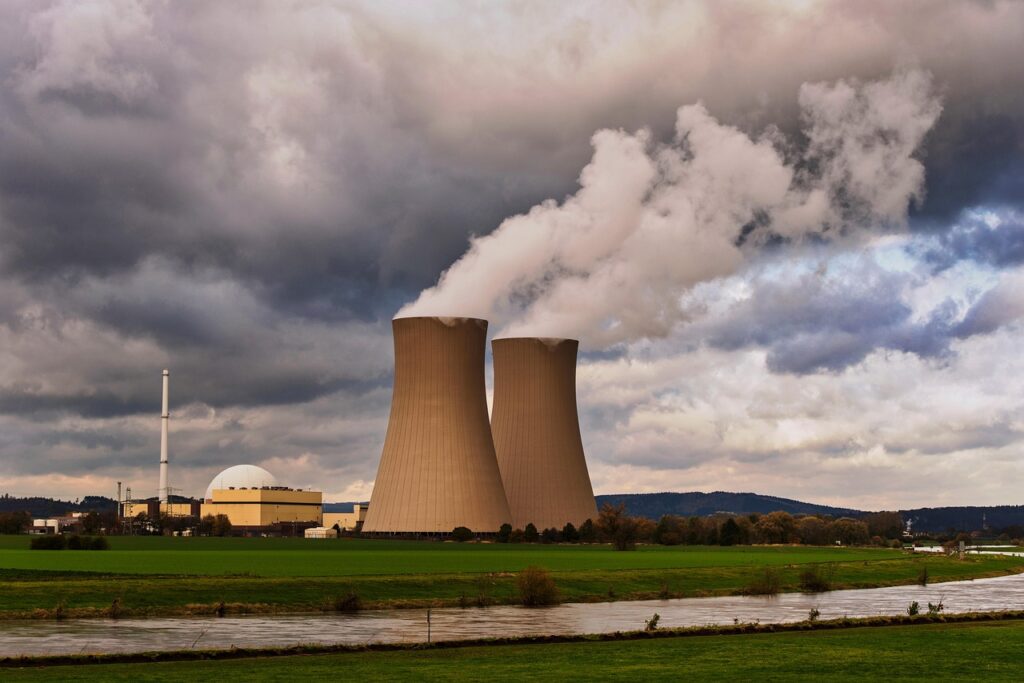The United States has two near-equal nuclear competitors, Russia and China, the UK government highlighted in its Strategic Defense Review 2025 report.
On August 7, 2024, President Joe Biden presented to Congress a new trilateral agreement with Australia and the United Kingdom on naval nuclear propulsion. This treaty allows the transfer of nuclear material and reactors between the three countries, replacing the 2022 agreement, which only authorized the exchange of restricted information and data on nuclear propulsion.
Nuclear competitors
According to the British government, the United States is the U.K.’s closest defense and security ally, reflecting a common and long-standing interest in contributing to global security in this era of strategic competition.
“The United States faces a major strategic challenge, with two near-peer nuclear competitors, China and Russia,” he said in the same report.
The United Kingdom must therefore align its strategy with the United States to renew its global deterrent role. This involves modernizing its armed forces, but also going further. UK will leverage its overseas bases and specialized military capabilities. It will also seek to connect the Euro-Atlantic region with key partners in the Indo-Pacific. It will thus strengthen collective security in both areas. At the same time, it will boost its defense industrial capabilities, with a view to more effective and sustainable deterrence.
According to a non-governmental estimate for 2025, referred to in a U.S. Congressional report, Russia possesses some 1,718 deployed nuclear warheads, distributed in a strategic triad: 330 intercontinental ballistic missiles (ICBMs), 12 submarines with 192 sea-launched ballistic missiles (SLBMs) and 58 strategic bombers. Although it has not shared data with the United States since 2023, Russia claims to be in compliance with New START treaty limits. For its part, the United States would have some 1,770 deployed nuclear warheads.
China
For decades, the United States has expressed concern about the proliferation of nuclear and missile technologies from China. More recently, it has focused on the risk of China acquiring U.S. nuclear technology.
Although the Chinese government has ceased its direct involvement in these transfers, Chinese companies and individuals continue to export sensitive components, especially to Iran and North Korea, according to another U.S. congressional analysis.
In addition, the U.S. government warns of entities in China that support these activities through illicit financing and money laundering.

